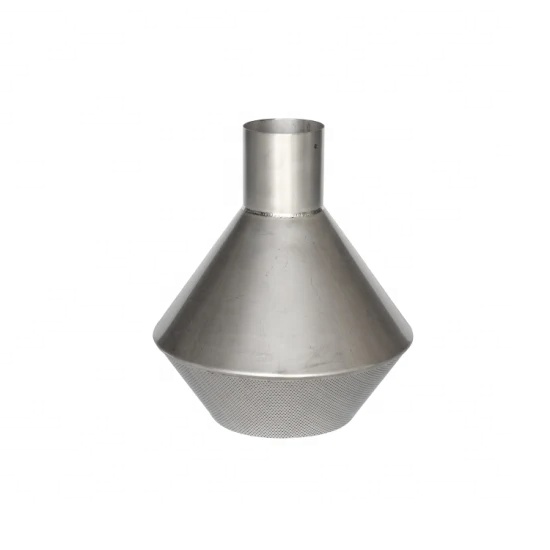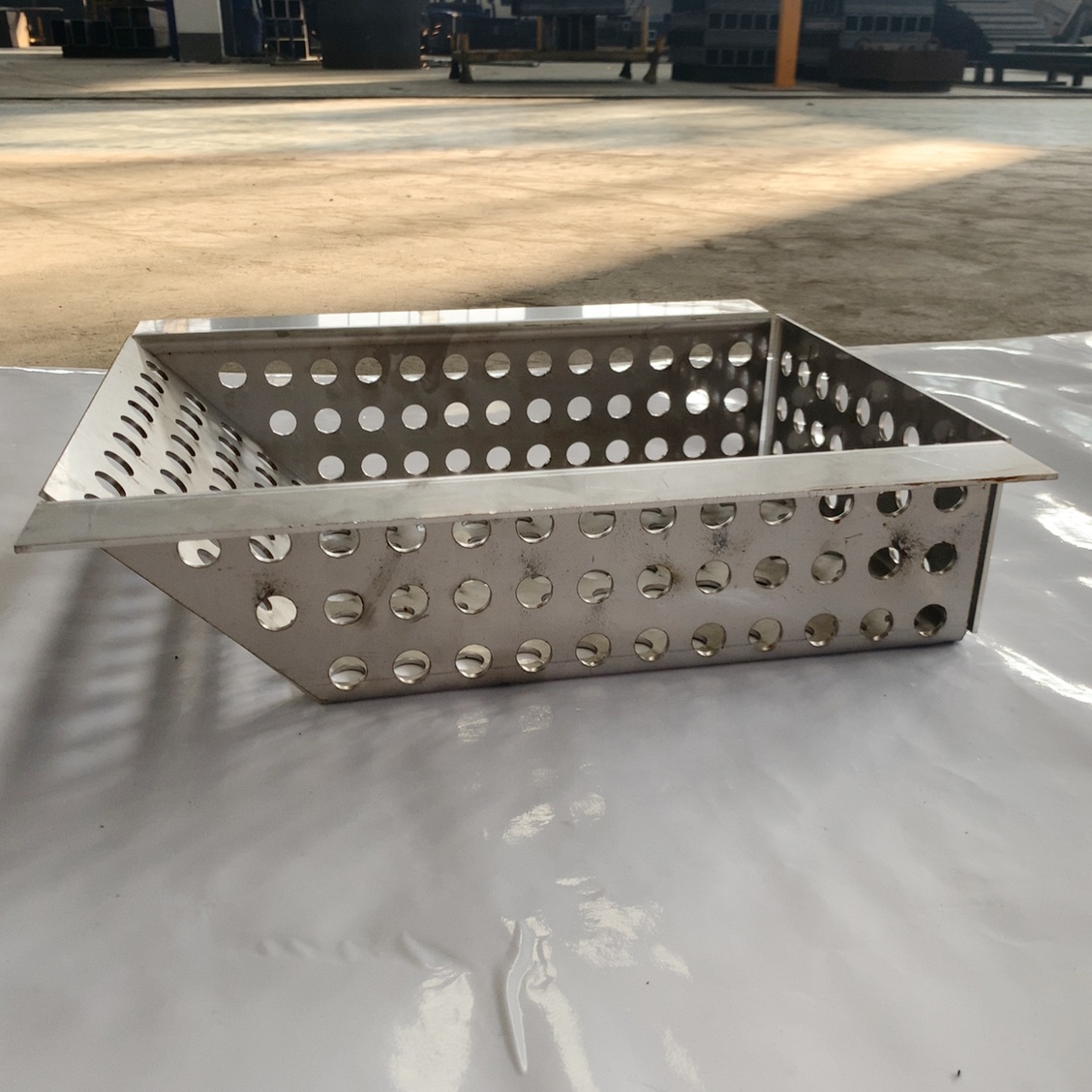Advancements in laser welding have made hand-held laser welding viable for businesses in ways that were not possible before. Welders using hand-held laser welding machines should follow safety procedures and guidelines, such as wearing nonflammable clothing, long sleeves, and welding clothes. IPG Photonics
For years, manufacturers across the industry have used traditional welding techniques like MIG or TIG. But along the way, these traditional techniques have created constraints. Diy Floating Shelves

TIG welding, for example, is a time-consuming, two-handed welding method that requires an experienced, highly skilled operator. It generates extreme heat that deforms thin materials, has difficulty welding copper, and is limited when welding metals of different thicknesses.
Meanwhile, MIG welding requires a consumable wire, material precleaning, and beveled joints for full-penetration welds on thick materials. Travel and work angles are limited, and vertical positions can be challenging.
With the industry constantly changing, manufacturers are looking for new ways to stay competitive. They’ve come to realize this requires cost reductions, efficiency gains, and repeatable part quality. There’s also a new challenge: enabling new welders to be productive in a timely manner without sacrificing quality. The American Welding Society indicates the U.S. will have a deficit of 375,000 skilled welders by 2023.
This is why more manufacturers are switching to newer welding methods, such as hand-held laser welding, which can increase welding speeds up to four times faster than MIG and TIG welding, to improve productivity and precision.
For years, lasers were seen more as scientific instruments than industrial tools, mainly due to the traditional use of optical elements and mirrors requiring careful alignment and handling.
Pioneered in the 1990s by IPG Photonics, fiber lasers were introduced to the market for industrial applications. These laser sources are entirely solid state. The simplicity of the fiber laser accounts for its efficiency, compactness, robustness, and low cost, which drive its success in the industrial applications. Compared to legacy laser systems, fiber technology provides higher output powers and a quality beam at a lower cost with minimal maintenance required.
Laser technology improvements have made laser welding an increasingly popular technique in industries where high weld strength and repeatable weld quality are important. The quality and brilliance of fiber laser light precisely controls material heat input, which allows for welding thin materials. Lasers are not limited just to steels; they also can weld aluminum and copper. Even bimetallic welding is a practical reality.
Fiber technology simplifies beam delivery technology, opening up even more opportunities for process improvements. Modern beam delivery technology such as wobble welding, where the beam oscillates back and forth, allows for the stabilization of the melt pool, enhancing the process window (the ranges of weld parameters) and minimizing poor or variable part fit-up (within limits). In many cases, this eliminates the need for postprocess grinding, reducing labor costs.
Laser welding also can be automated for high-productivity, high-yield manufacturing. Its high-precision accuracy allows for joining small parts with low heat input and minimal distortion.
The cobot’s flexibility combined with the capabilities of hand-held laser welding technology make it suitable for lower-volume, high-product-mix environments. IPG Photonics
In the beginning, the price limited its potential and was a barrier to entry. In industrial applications, lasers were expensive, required periodic refurbishment, and were used only on high-value parts, typically integrated to a robot or a dedicated laser workstation.
These early lasers consumed significantly more power than modern fiber lasers, which now offer up to 50% wall plug efficiency. This offers cost savings on the bottom line. This efficiency also may eliminate the need for chillers, making laser technology more portable than ever before. Finally, when compared to traditional manual MIG and TIG welding, laser welding is typically faster, improving production output and boosting profits.
By consistently driving down the cost of the laser source, improving the quality of light, and offering unique beam delivery options, laser manufacturers now can offer systems with a higher value proposition, making them more accessible and no longer reserved for premium applications.
Economical laser sources combined with the flexibility of fiber laser delivery provide unprecedented access to hand-held laser welding.
But how does it work? In simple terms, the laser power density melts the metal, eliminating the need to strike an arc; the wobble function eliminates the need to weave the bead manually; and in many cases, wire feed is eliminated completely. The high power density results in a smaller, more controlled weld pool. With precise control of laser parameters, heat distortion effects are reduced, making the process accessible to unskilled operators and allowing organizations to upskill their seasoned employees to more value-added roles.
Equipment reliability was at one time a concern with hand-held laser welding. The building block of the fiber laser is the single-emitter diode, which has a lifetime an order of magnitude longer than the lifetimes of diode array or bar-stack alternatives. The pumps are hermetically sealed to telecom standards and are unaffected by humidity, dust, vibration, and the most aggressive industrial environments.
With hand-held laser welding’s industrial robustness, fiber lasers can be used to complement basic factory automation, further improving efficiency in production. With the relatively recent explosion in collaborative robot technology (cobots), basic levels of factory automation are within reach of many production floors. Cobots are inherently synergistic with hand-held laser welding technology because they are cost effective and simple to use and deploy. The robot’s flexibility combined with the capabilities of hand-held laser welding technology make it suitable for lower-volume, high-product-mix environments. If it can be welded by hand, it likely can be welded with a cobot. This can further improve laser welding productivity by allowing you to preload a part fixture while the cobot performs a weld on a separate fixture.
Do I Need to Be a Laser Expert to Run a Hand-held Laser? Not at all. Hand-held laser welding systems are typically provided with presets for common material types and thicknesses. Simple controls allow you to select the correct preset by choosing the material type and thickness from a table and setting the controls to the identified settings. In the case of a cobot integration, the cobot can be configured to select the correct settings automatically for the project at hand.
Hand-held laser welding yields superior aesthetics, but are looks too good to be true? To answer this question, IPG prepared some samples and sent them to Sturbridge Metallurgical Services Inc. (SMS) for third-party evaluation.
Butt joints in plates of 0.036 in., 0.075 in., and 0.120 in. were produced, and sections were prepared using ASTM standard methodology and inspected at 50 times the magnification. A total of 26 cross sections were inspected. In all cases, no cracking, incomplete fusion, porosity, inclusions, or other defects were noted. The weld profiles passed all tests and no underfill was noted.
In all cases, no cracking, incomplete fusion, porosity, inclusions, or other defects were noted during weld tests for butt joints in 304 stainless steel plates of 0.036 in., 0.07 in., and 0.120 in. The weld profiles passed all tests and no underfill was noted. Sturbridge Metallurgical Services Inc.
All weld samples were found to be acceptable to AWS D17.1:2017 Class A standards.
Depending on the system, hand-held laser welding is available in configurations enabling up to 6-mm, full-penetration welds. Furthermore, some system configurations can also be used for part cleaning. This can be beneficial in part preparation to remove any residual oils or debris from the workpiece.
A hand-held laser’s cleaning capability also can be used to prevent corrosion and passivate the material after welding. IPG prepared some welds subject to ASTM B117-19, Standard Practice for Operating Salt Spray (Fog) Apparatus and sent them to SMS. A side-by-side comparison of a laser-passivated weld and an unpassivated weld showed the success of laser passivation.
Even though a hand-held laser is easy to use and has built-in safety features, it’s important to remember that it is a powerful piece of industrial equipment. When using a hand-held laser, remember that beams can be dangerous to the body and eyes. A laser welding beam is invisible, so you cannot rely on visual cues to guarantee safety.
While these systems are Class IV lasers, safety features are integrated into the systems to protect you. When establishing a laser safety program, a good starting point is to review ANSI Z136.1 (2014), Safe Use of Lasers. In addition to laser safety, you need to implement traditional welding safety requirement.
Here are some general rules to follow:
Being in the manufacturing business means finding new ways to stay competitive and improving processes. Welding can be time- and energy-consuming; without the right equipment, it can become accessible only to high-skilled craftsmen.
Manual laser welding enables fast welding; is easy to learn and operate; and provides high-quality, consistent results across a wider range of materials and thicknesses with minimal distortion, deformation, undercut, or burn-through. It provides complete penetration and minimizes welding defects, such as cracks or incomplete fusion.
If you’re looking to reduce your costs, improve weld quality, and simplify the weld process, hand-held laser welding will give you the best path to both success and improved profitability, all while allowing someone with no professional welding experience to weld like a pro.
IPG Photonics’ product lineup includes its LightWELD hand-held laser welding and cleaning system. IPG Photonics
See More by Bill Kallgren
See More by John Bickley
See More by Laura Garcia
Read more from this issue
The WELDER, formerly known as Practical Welding Today, is a showcase of the real people who make the products we use and work with every day. This magazine has served the welding community in North America well for more than 20 years.
Easily access valuable industry resources now with full access to the digital edition of The FABRICATOR.
Easily access valuable industry resources now with full access to the digital edition of The WELDER.
Easily access valuable industry resources now with full access to the digital edition of The Tube & Pipe Journal.
Enjoy full access to the digital edition of STAMPING Journal, which serves the metal stamping market with the latest technology advancements, best practices, and industry news.
Easily access valuable industry resources now with full access to the digital edition of The Fabricator en Español.
© 2022 FMA Communications, Inc. All rights reserved.

Sheet Metal Fabrication Not yet registered? Sign up